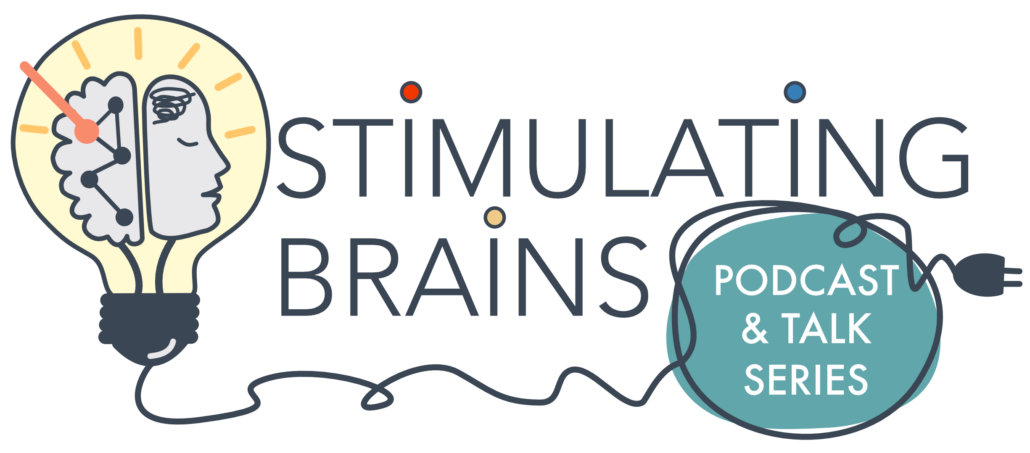Mark Humphries
Chair in Computational Neuroscience, Faculty of Science, School of Psychology, Nottingham
#13: Mark Humphries – Basal Ganglia Models, Highs and Lows in the Brain and… how does DBS work?
It was a tremendous privilege to pick Mark Humphrey’s brain who has insight about broad domains of the brain like few others. His new book The Spike: An Epic Journey Through the Brain in 2.1 Seconds takes us on a journey through the brain starting at the retina and ending in the spinal cord. As we follow spikes along, we learn how information is processed in the brain, but also how it’s simply lost and forgotten. Mark has done his PhD with Kevin Gurney, who together with Tony Prescott and Peter Redgrave has published an influential computational model of the basal ganglia in 2001. We disentangle how it differs from the Albin-DeLong model, talk about implications for whole-brain computational models and the mechanism of action of DBS. Based on a twitter thread that Mark once published about the Wishaw decorticate rat experiments, I ask him: Does the brain even need the cortex? Finally, we touch about compression of data and his recent paper about a weak and strong principle of dimensionality reduction of the brain.
References most relevant to the episode
Other references




